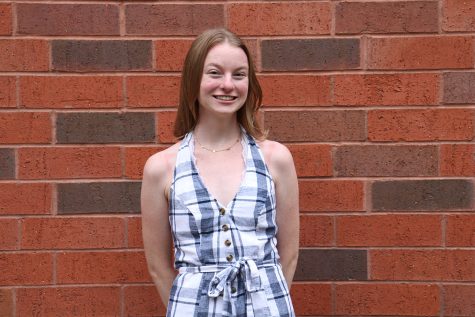The Science of Mindfulness
Everyone has heard of mindfulness, but how do you put it into practice?
What no one tells you about moving away from home and going to school is attempting to make time for yourself.
As my third year comes to a close, I reminisce on when I initially moved into my current house with a room the size of a thimble. Did I look at the pictures of my room before moving in? Of course not.
I bring that up because it sometimes feels so anxious and claustrophobic to focus on yourself in such a small space, especially with roommates, but it can be done.
Trust me, I’m confident that you can practice mindfulness meditation even in the smallest of spaces.
“Mindfulness is the human ability to be fully present, aware of where we are and what we’re doing, and not overly reactive or overwhelmed by what’s going on around us,” said staff writers for the Science of Meditation.
According to The Science of Meditation, the meditation portion also goes hand-in-hand with the term mindfulness, as meditation is exploring, not erasing, the current moment as it is.
When you mesh these two terms together, you create mindfulness meditation, which is essentially asking one to suspend all judgments in the working mind and run with your natural curiosity.
This sounds frivolous and even weird, especially to focus on your internal compass if you’ve never tried it before.
“Developing this human capacity to observe ourselves and our surroundings non-judgmentally and with compassion has deep and nourishing effects on our well-being,” said staff writers.
At this point you may be wondering, “what are the benefits and why do I even need to waste my time?”
Well, there are a slew of stress-related health problems that might be treatable with mindfulness meditation.
Researchers from Madhav Goyal found that going through mindfulness meditation programs “effectively reduces the negative components of psychological stress, with effects comparable to what would be expected from the use of an antidepressant.”
Other benefits included better results in sleep patterns as well as an improvement in mood. Now that you have the benefits and definitions, how can you put this into practice?
According to an article on mindfulness meditation by the Mayo Clinic, “simple mindfulness can be practiced anywhere and anytime.”
If you are looking for meditative guides to help navigate you through the uncharted waters of mindfulness meditation, the New York Times reviewed different phone applications for assistance.
“We think Headspace, Calm and Healthy Minds Program offer the best experiences,” said Ciara Blackwell for NYTimes.
For more structured practices, set aside time before bed, or in the morning before school or work for your meditation. All you will need is a nice, quiet place with little distractions.
“Think of this as a time to reconnect with yourself,” said Mayo staff writers. “Over time, you will find that mindfulness meditation is effortless.”
So the next time you agree to sublease a house without looking at what your room will actually look like, just remember to slow down, accept things as they are, take a deep breath and handle it.
Smith can be reached at smithae6030@uwec.edu.

Anna Smith is a fourth-year journalism, psychology and legal studies + histories of race, gender, and societies student. She plans to graduate in May 2023 and pursue her dream of attending law school. When she isn't stressed about her pending legal career, she is spotted working, writing or house hunting on Zillow.
